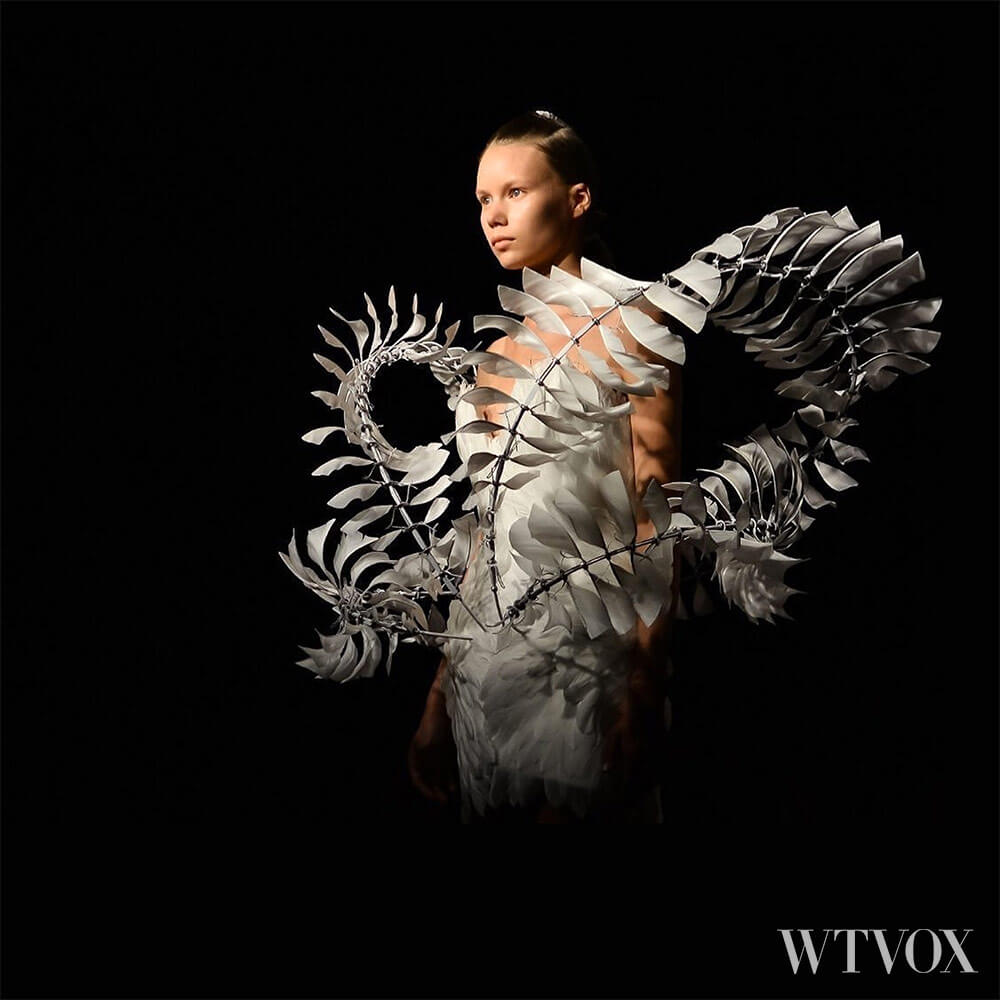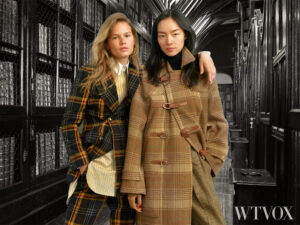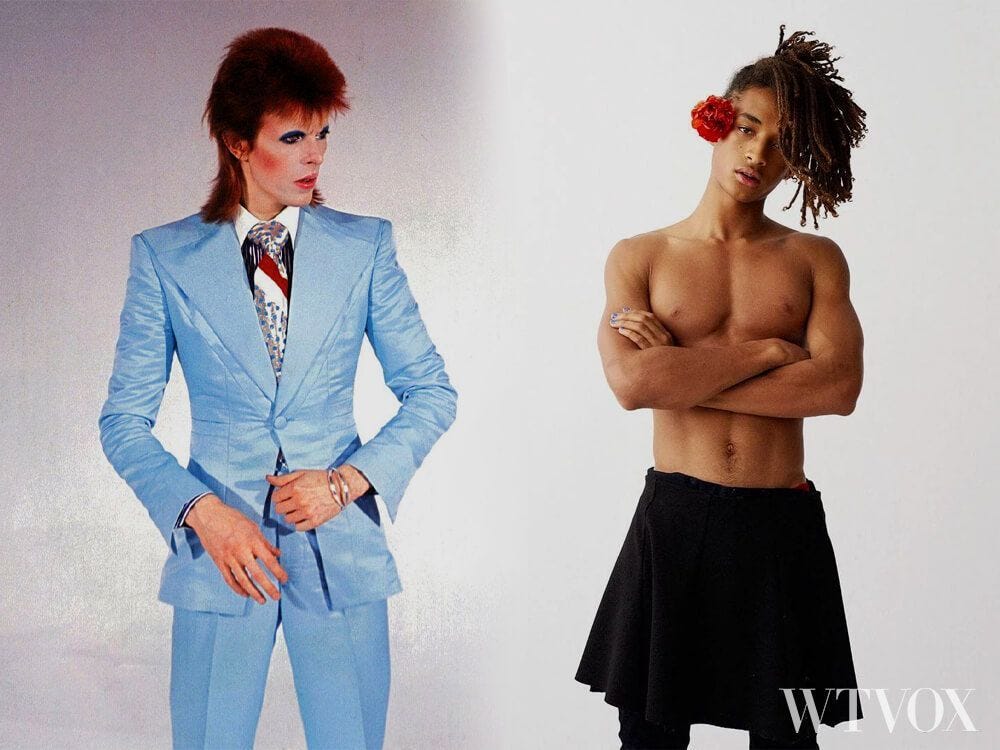Over the last five years, the term ‘fashion technology’ has captured the world’s imagination.
At its peak, the fashion technology movement (also called fashion tech or fashtech) fostered thousands of meetup groups and tech startups.
With millions of Google searches each month, the fashion tech movement reached such a hype that some started to call it an industry of its own.
An industry that one day will take over the fashion industry.
In this article, helped by four experts, we finally have the answer to: ‘what is fashion technology?’
Without further ado…
Fashion Technology – Definition
Fashion technology is a term that describes innovative technologies in material procurement and fashion design, and their applicability in fashion manufacturing, transportation and retail.
In simple terms, fashion technology creates contemporary tools for the fashion industry with the aim of improving the way we produce and consume fashion.
Modern tools such as the use of AI in fashion design, 3D printers instead of sewing machines, lab-made leather alternatives instead of animal leather, body scanners instead of measuring tape, augmented reality and VR for retail, and much more.
Fashion Technology Is Data
Back in 2010, most fashion labels existed and operated offline.
The fashion industry was struggling to gather consumer data to reduce waste, optimise manufacturing and retail.
Nowadays, most fashion businesses combine online with offline elements.
Online data, collected by ‘cutting-edge’ algorithms, allows brands to operate the physical realm in a more effective manner.
Lesser expense, stock, and pollution.
Fashion Technology Is Advertising
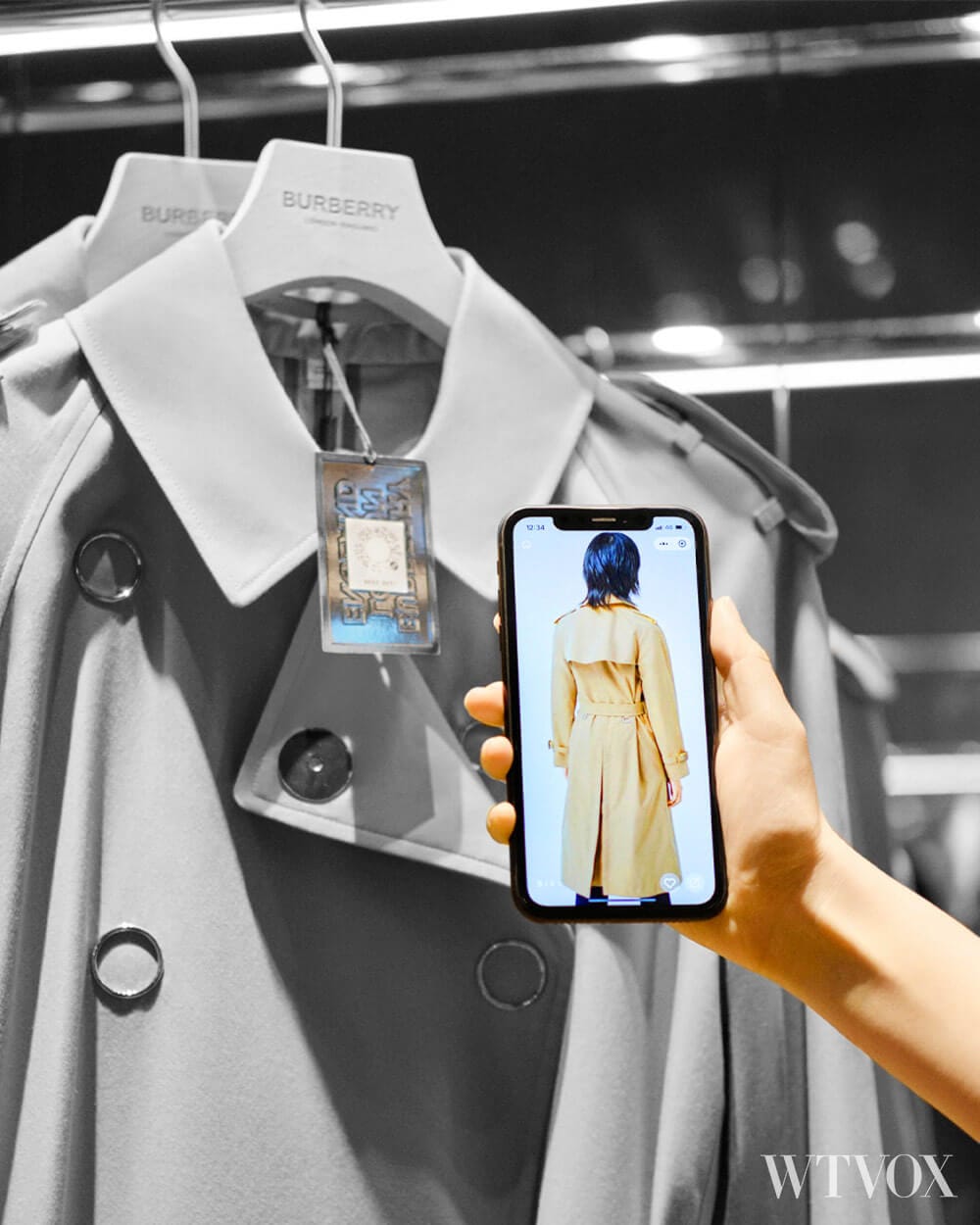
Following the advent of augmented and virtual reality, we see technological infusion in media and fashion advertising.
Nowadays, Chanel hosts tech-infused offline parties and complement them with online events.
Burberry lets you try before you buy products on their VR and mixed-reality glasses.
More recently, Gucci is inviting its customers to experience (only online, for the time being) AR-ready shops.
Technology In Fashion Design
Technology is at the core of most co-creative processes.
With the help of innovative materials and modern tools, designers create styles and pieces impossible to make with classic tools.
Then, the emergence of artificial intelligence helps designers mix materials, colours and patterns in ways that appeal to customers.
AI also helps designers to figure out what customers want, long in advance.
But technology in design helps not only designers but consumers as well.
The internet and social media allow them to tell brands which items to design, produce and sell.
“We allow consumers to vote on next designs and also take designer pre-orders. AI helps our business shape the relationships we want with our customers, rather than letting distribution channels define it,” said Laurenti Arnault, Co-founder of Wardrobe of Tomorrow, a marketplace dedicated exclusively to sustainable designers from all over the world.
Technology In Fashion Retail
“E-commerce is just a fad. It’ll never work as people need to touch the garments before purchasing” – WWD Magazine, 2016.
Nowadays, some of the most successful online marketplaces such as NET-A-PORTER, Farfetch, and Wardrobe of Tomorrow are regularly adopting the latest tech innovations.
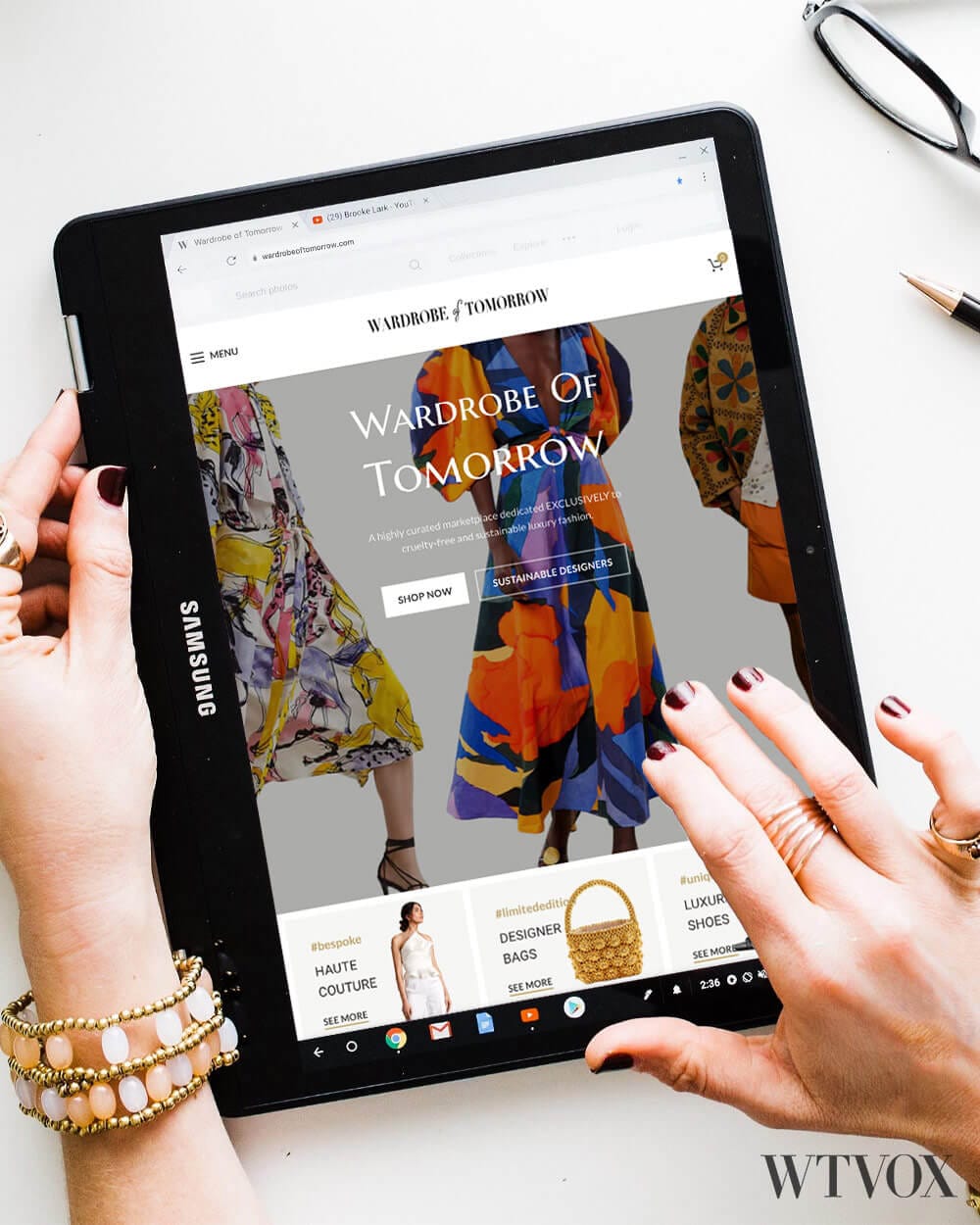
The use of technology allows them to tap into existing social networks and like-minded communities.
For instance, ‘Stylitics’, a fashion tech startup, allows marketplaces to track how often buyers wear clothing.
Another startup, ‘MinX1’ has introduced the sharing and thrifting business model to fashion.
The use of tech in fashion also marks the beginning of empowered users as startups are making useful large data sets.
For example, ‘Stylitics’ sells granular consumer data back to brands.
Similarly, ‘Shop It To Me’ uses customers’ preferences to send them customised sale information.
We see ‘curating algorithms’ and ‘discovery platforms’ merging to create a new age of recommendation engines, embedded directly in online stores.
Fashion Technology Is Consumer Proof
Fashion and technology have always been a great match.
For once, both industries are future-driven.
Then, both are very much consumer-focused.
And, when combined, the resulting products appeal greatly to the younger segment of fashion consumers.
Fashion Technology And Social Media
Another aspect less discussed of fashion technology is the social media impact, and how it has opened the industry, wide open.
If in the past, the only way to be a part of the industry was to know, or work with, a fashion designer on her way up.
Or, to live in a city such as London, New York or Paris and work at a fashion media publication house or PR firm.
Nowadays, bloggers and SM celebs occupy the front rows at Fashion Weeks and partner with prominent fashion brands.
Nevertheless, the quest to give fashion technology a comprehensive, all encapsulating definition continues.
Here’s What Experts Say
All experts agree that fashion technology is a term that encapsulates the use of technology in the fashion industry:
Charlie O’Donnell, Founder of Brooklyn Bridge Ventures and VC extraordinaire.
“Technology could mean a unique and convenient purchase experience. It could mean ways to acquire customers. It could be a distribution channel and a best practice around delivering a product. It could be design or materials science.”
Hilary Peterson, VP of Business Development at Lyst.
“Technology is all about using scientific knowledge to solve a problem; in fashion, technology covers every imaginable tool that one could use: nanotechnology to improve materials, algorithms to improve online shopping, or augmented reality to advertise and guide customers.”
Jennifer Margolin, Founder of the Social Edge Summit.
“Fashion technology is the space where technology and fashion merge. It is the use of modern technology to create novel ways to shop, market, educate and experience fashion.”
Rob Sanchez, Founder of the Fashioning Our Industry Conference.
“Fashion technology can be a discipline that teaches students how to use technology in fashion. But, it can also be a company that innovates in fashion by operating in a fashion vertical.”
Conclusion
It is safe to say that while fashion technology is many things to many people.
Yet, fashion technology will never be an industry replacing the current fashion industry.
And, however tricky defining the fashion technology terminology might be, there is no doubt that it is an exciting space for years to come.
Fashion technology has the interest of academia, entrepreneurs, investors, and most importantly, the next generations of consumers.


